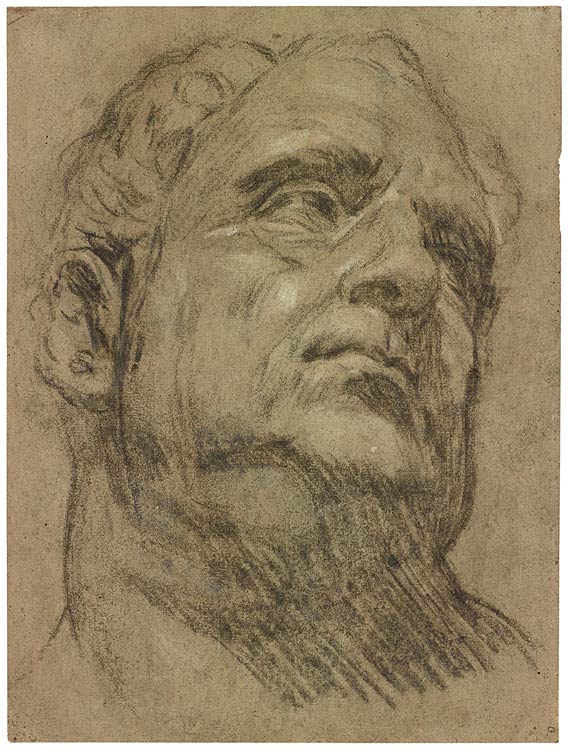
Jacopo Tintoretto (1519–1594), Roman Head (So-Called Head of Emperor Vitellius)
, ca. 1540-1580, Charcoal, heightened with white chalk, on blue paper faded to brown, Purchased as the gift of Mr. and Mrs. Carl Stern, 1959
, 1959.17
Plan your visit. 225 Madison Avenue at 36th Street, New York, NY 10016.
Plan your visit. 225 Madison Avenue at 36th Street, New York, NY 10016.
